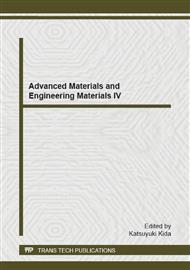p.216
p.220
p.224
p.230
p.236
p.240
p.246
p.250
p.254
Study of the Cracking Resistance Assessment of Concrete Based on the Anti-Cracking Safety Coefficient Method
Abstract:
This paper used the thermal stress test to get the certain stress of concrete specimens, and used the environmental simulation curing system to get the splitting tensile strength at the same curing condition, studied the cracking resistance assessment of concrete based on the anti-cracking safety coefficient.
Info:
Periodical:
Pages:
236-239
Citation:
Online since:
December 2014
Authors:
Price:
Сopyright:
© 2015 Trans Tech Publications Ltd. All Rights Reserved
Share:
Citation:


